Until 2023, we have seen various innovations in computers and technology. witnessed an exponential growth in computer processing power and it is implemented in almost everything from cars and mobile phones to manufacturing Industries- everywhere. What’s next? How computers can influence our lives in the future? Will computers implement in our brains? Well, Jokes apart- what’s the future of computers? In the future what are the possibilities?
Moors Law is Breaking
When it comes to processing power yes it will improve in the future but maybe not exponentially as before. You may know that Moore’s Law is slowly breaking down. In case you don’t know what Moors law describes then let me tell you that the transistor count of a microprocessor would double every two years. But now, silicon-based transistors have become so small that making them even smaller is economically challenging, and reliability and heat production are also major concerns. We have to find alternatives. We have used silicon-based microprocessors for decades we have to discover something new. In case you are wondering how processors are designed then we have a detailed article about of: How are CPUs Made? Silicon Lottery! No, Two Processors are the Same
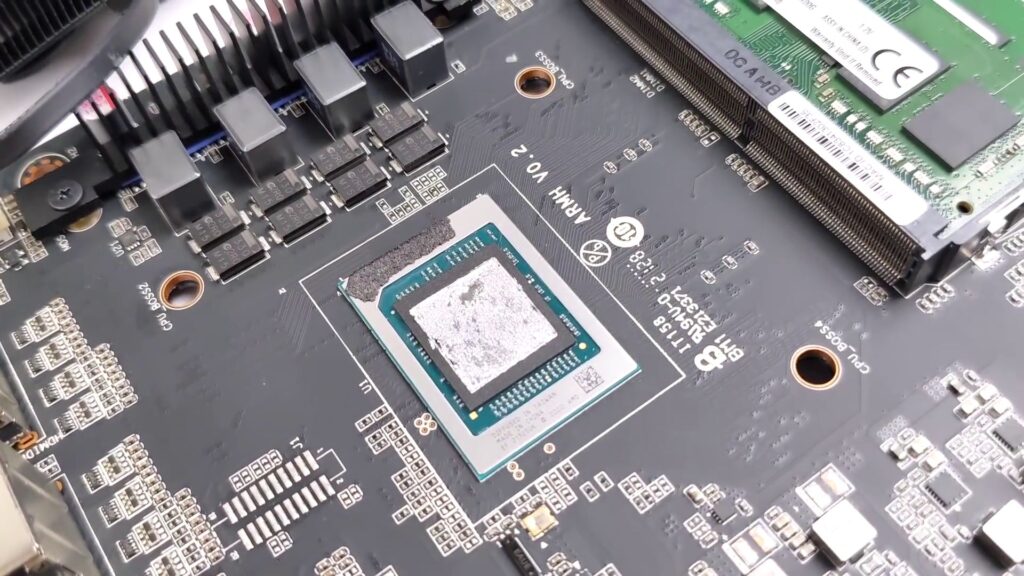
Alternatives Of Silicon Transistors in Microprocessors
Yes, there are some progress we have seen while finding out alternatives. The future of computers is bright. There are dew few options I will describe them shortly.
Graphene-Based Transistors
One option could be graphene-based transistors, which are currently under development. These transistors are smaller and more energy-efficient compared to silicon transistors. Using graphene-based transistors inside microprocessors it would be much more powerful. In 2019, researchers at MIT developed a 16-bit carbon nanotube microprocessor that was able to process a set of instructions. Ofcourse it’s not much powerful but yes it’s a quite progress.

Quantum Computers
Another option would be Quantum Computing, which is a completely different thing. Quantum computers work based on three important principles of Quantum Physics: superpositioning, entanglement, and quantum tunneling. The processing power of quantum computers is measured in qubits. Unlike classical bits, which can be either 0 or 1 at a time, qubits can simultaneously exist in both states. This greatly improves parallel processing.
To demonstrate the power of quantum computers let’s take an example of RSA encryption, which is widely used for secure data transfer on the internet. To break this encryption today’s supercomputers can take millions of years but a quantum computer with sufficient processing power could crack it in hours or days.
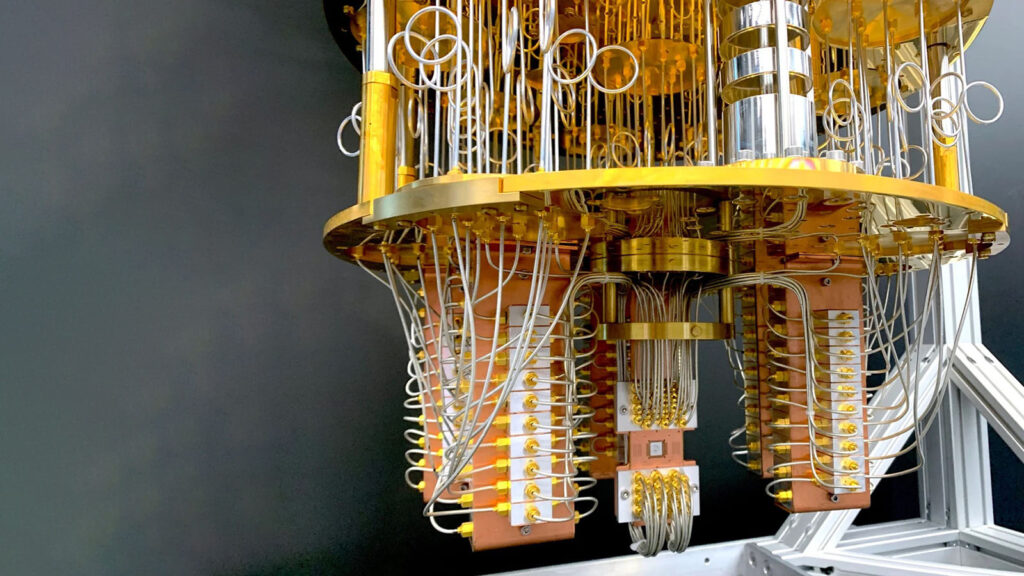
Quantum computers are also currently under development, and it is estimated that within the next 10 to 20 years, quantum computers will become powerful enough to break RSA encryption. Of course, current quantum computers may not be able to do that, but due to the “Store Now Decrypt Later” (SNDL) approach that many individuals and organizations are performing, several governments have already announced the use of quantum-resistant encryption so that the secretly transmitted data cannot be decrypted never ever.
Distributed Computing
Distributed computing is also an effective way to increase processing power. In this approach, computer users share the processing power of their systems. Our computers do not always operate at 100% potential. If you wish, you can distribute your computer’s processing power. You simply need to download a client that will download the workload from the main server to your computer, process it, and send the results back to the server. This has already been done with the Folding@Home project
Optical Computer
Optical computing could also be an option in the future. In this approach, computation is done using photon particles, which are basically light. Data is mapped using light intensity, and all calculations are done by varying light intensity. This technology is still in its earliest stage, and there is no concrete evidence that optical computing will be the future, but it is confirmed that optical computers will be more efficient and faster if the technology can be developed properly.
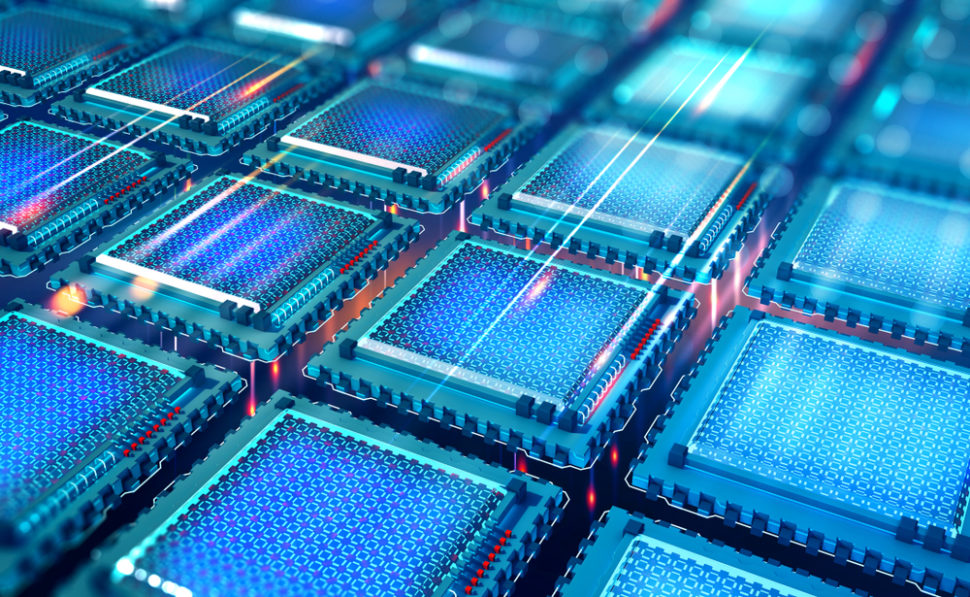
Neuromorphic Technology
Neuromorphic Technology could be the best among all of the alternatives. There is no match to human brains when it comes to problem-solving. Basically, a Neuromorphic computer would have an architecture similar to the human brain. Until now, this has been just science fiction, and nobody knows when this will become a reality. But if it does happen, a Neuromorphic computer could consume about 1000 times less energy than silicon-based microprocessors.
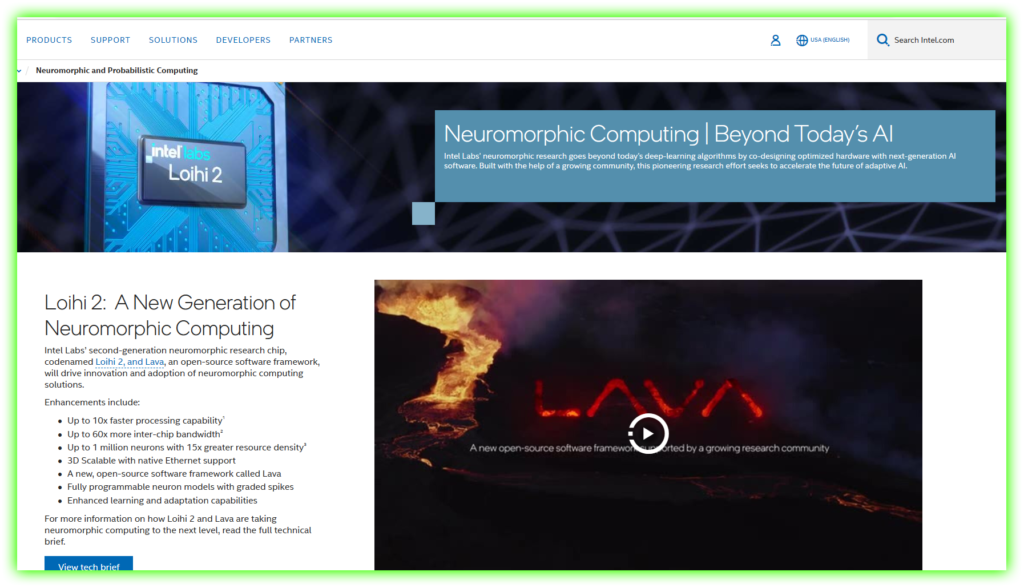
It would be worth of mentioning that Intel had created a server in 2020 using Neuromorphic chips. Its processing power was not quite human-like, but it was definitely comparable to that of small mammals so definitely some progress and the best thing is that this technology is advancing rapidly. So, next-gen AI will not just be an AI it will almost perform like humans.
Where all Of These Processing Power Come in Handy?
So we have already learned about the future of computers, but it will be interesting to see how we can use it. Maybe in the near future, we will be able to use a computer like a wearable device, similar to how we wear smartwatches. However, currently, smartwatches do not have a large display or as much processing power.

With advanced computing technology in such small area of a smartwatch, we can build a powerful computer. The problem is display – I don’t think it’s even possible to display anything in thin air like movies in near future.
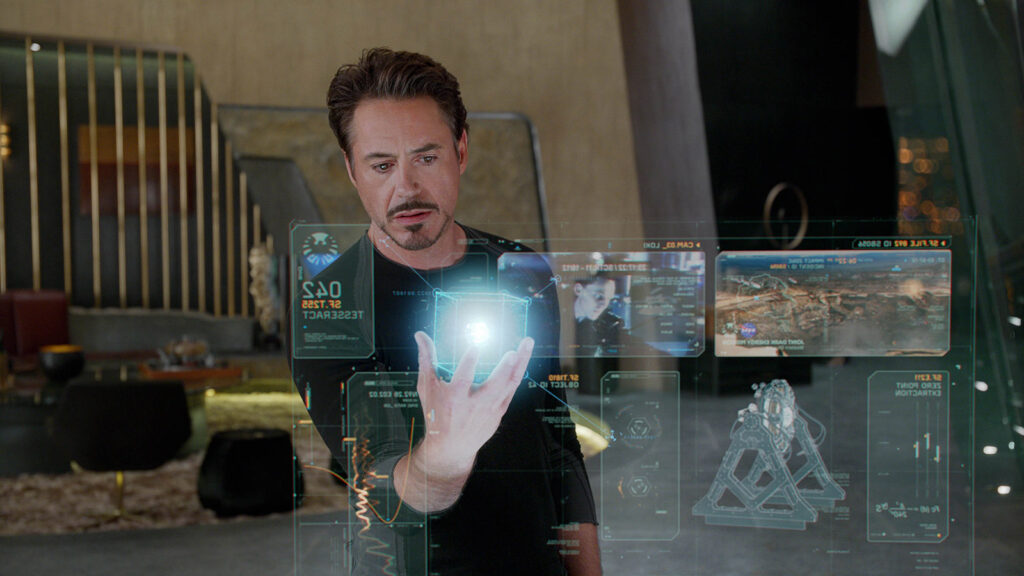
Augmented Reality is the Solution
Have you heard of AR glasses? Yes, Augmented Reality. It’s a type of glass that will not only enhance our visibility depending upon the users’ need, just like normal spectacles but will also provide additional information on the glasses such as navigation, videos, date and time, basically everything that we see on the display of smartphones and computers. These AR glasses could be the display for wearable computers. It seems like it’s already happening to some extent. Because nowadays AR glasses are becoming more affordable.
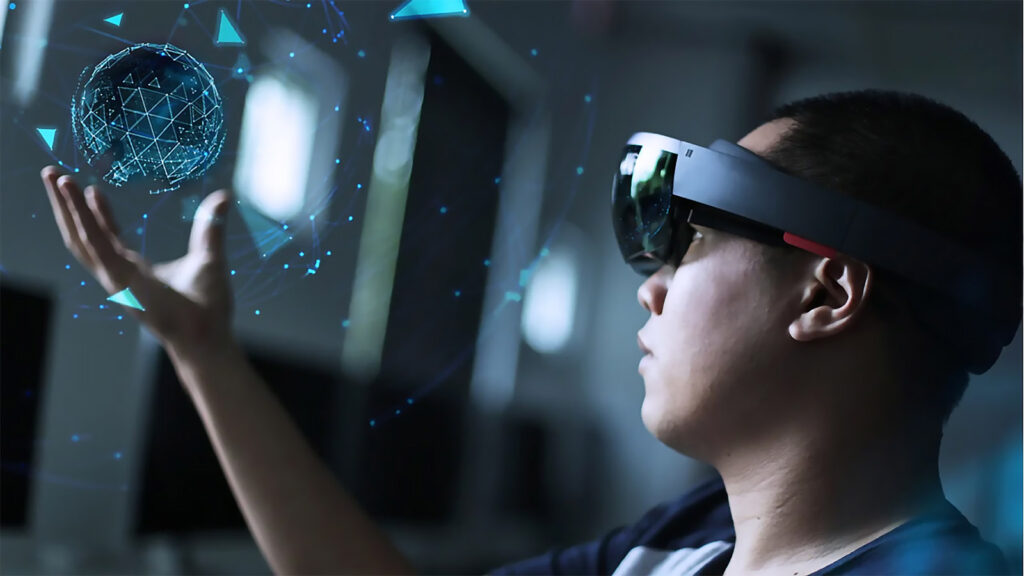
VR or Virtual Reality Will be For Everyone
With increasing processing power, we can also make Virtual Reality (VR) more like the real world. You must have heard of Facebook’s concept of Metaverse. It’s already quite close to reality. In the future, it will further improve – enable virtual travel, meet friends in virtual world and much more. In professional fields, VR and AR will be highly beneficial for virtual training, medicine, and engineering.
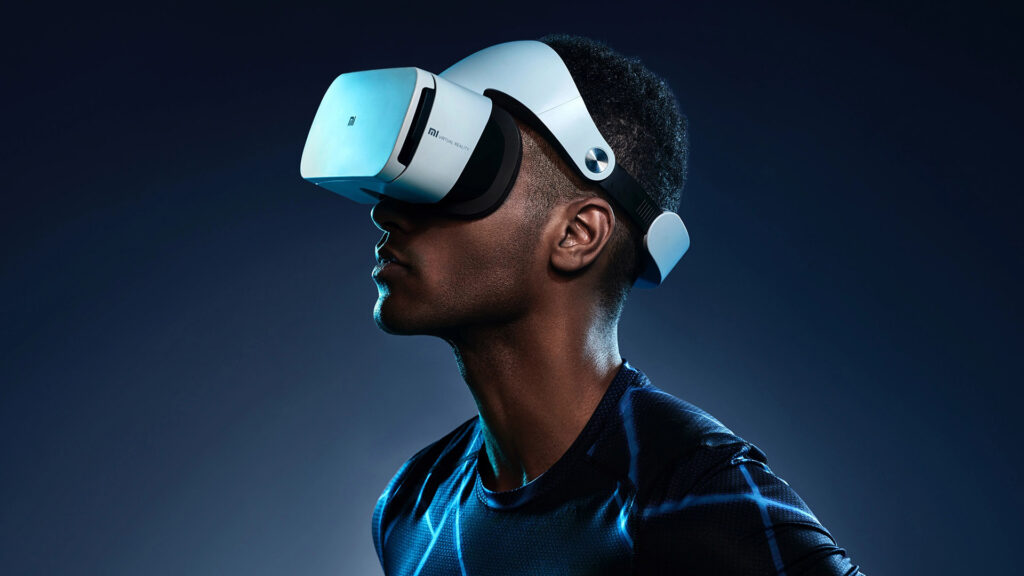
I can See the Future…
In the medical sector, imagine a complex surgery where the doctor wears AR glasses and sees all the vital information and necessary details for the operation on the same glass.

For engineers, designing work will be easier with VR or AR. Of course, machine learning and artificial intelligence will be involved as well.

Even for pilots, AR will be helpful in critical situations for landing planes.
If the computational power of computers increases, it will be easier to implement blockchain technology in critical sectors which leads makes it almost impossible to manipulate data and perform different scams.

In the future, there will be improvements in projects such as self-driving cars, smart cities, and smart buildings, with advanced AI and machine learning handling these tasks with the right computational power. And yes, AI will be implemented widely very soon.
Computers will be controlled from Our Brain
Yes it’s possible. In future, we may not need touch panels, keyboards, mice, or switches to command computers anymore. We may use Brain-Computer Interfaces (BCIs), where our thoughts will be enough to command a computer.
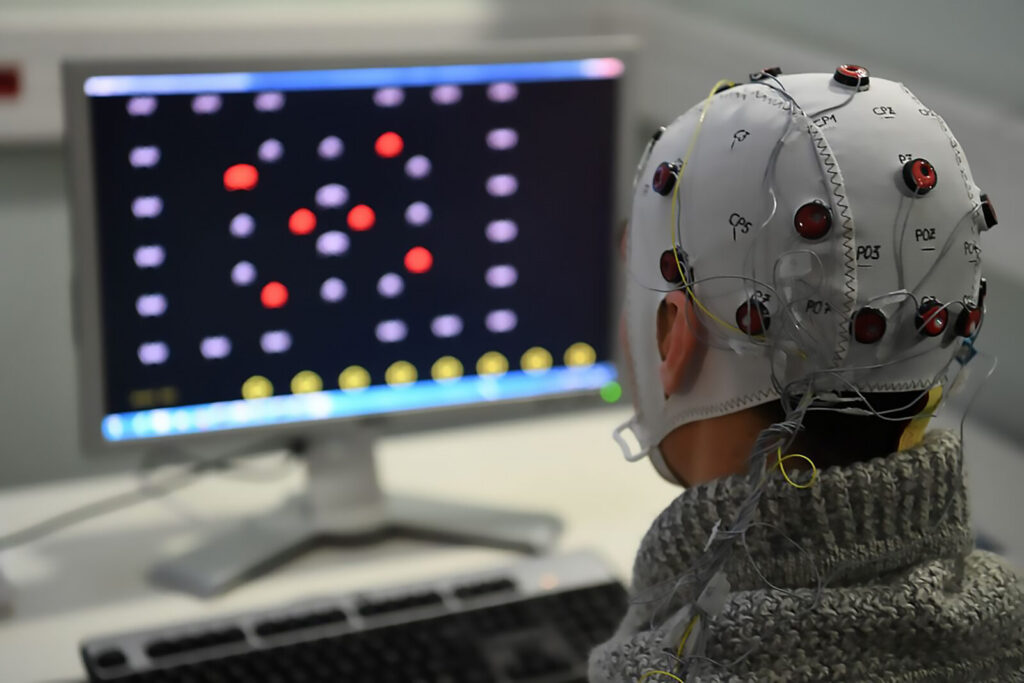
ln the Concluding lines…
So, if everything is used correctly and technology is managed properly, our future will be bright. Otherwise, the mishandling of technology can have consequences that we are already aware of. We might end up living in darkness. If technology leaves us alive, That’s definitely a nightmare for us. As we are expecting a great future with computers.
